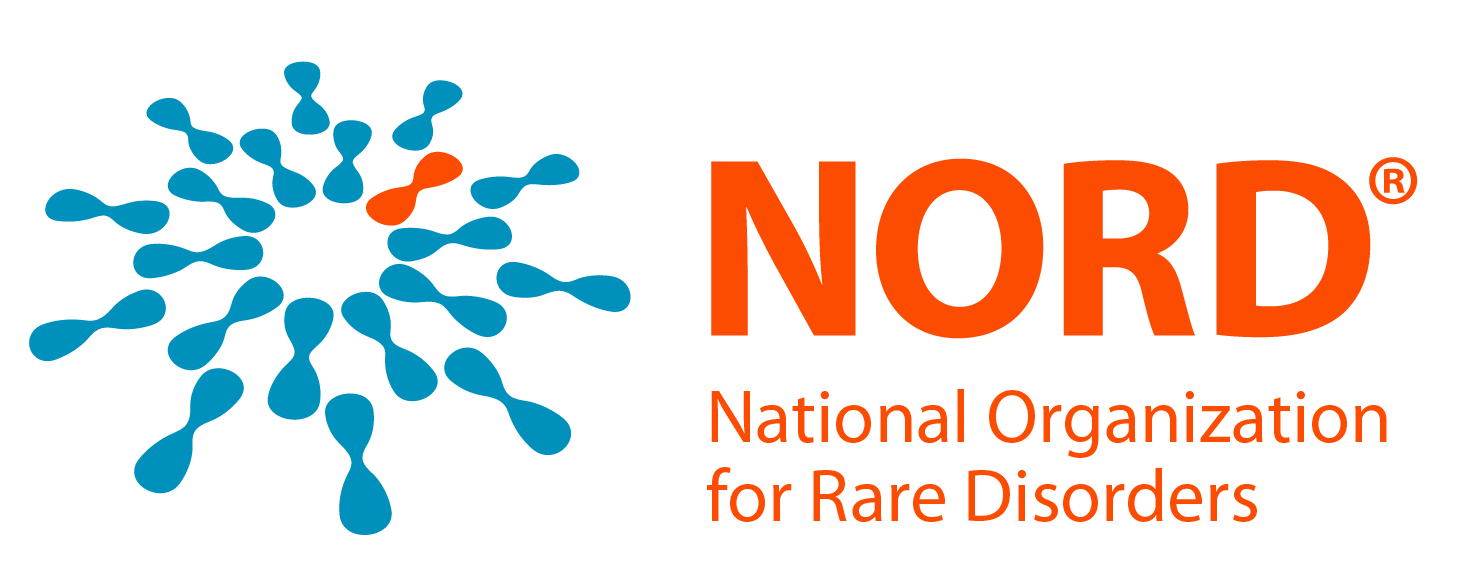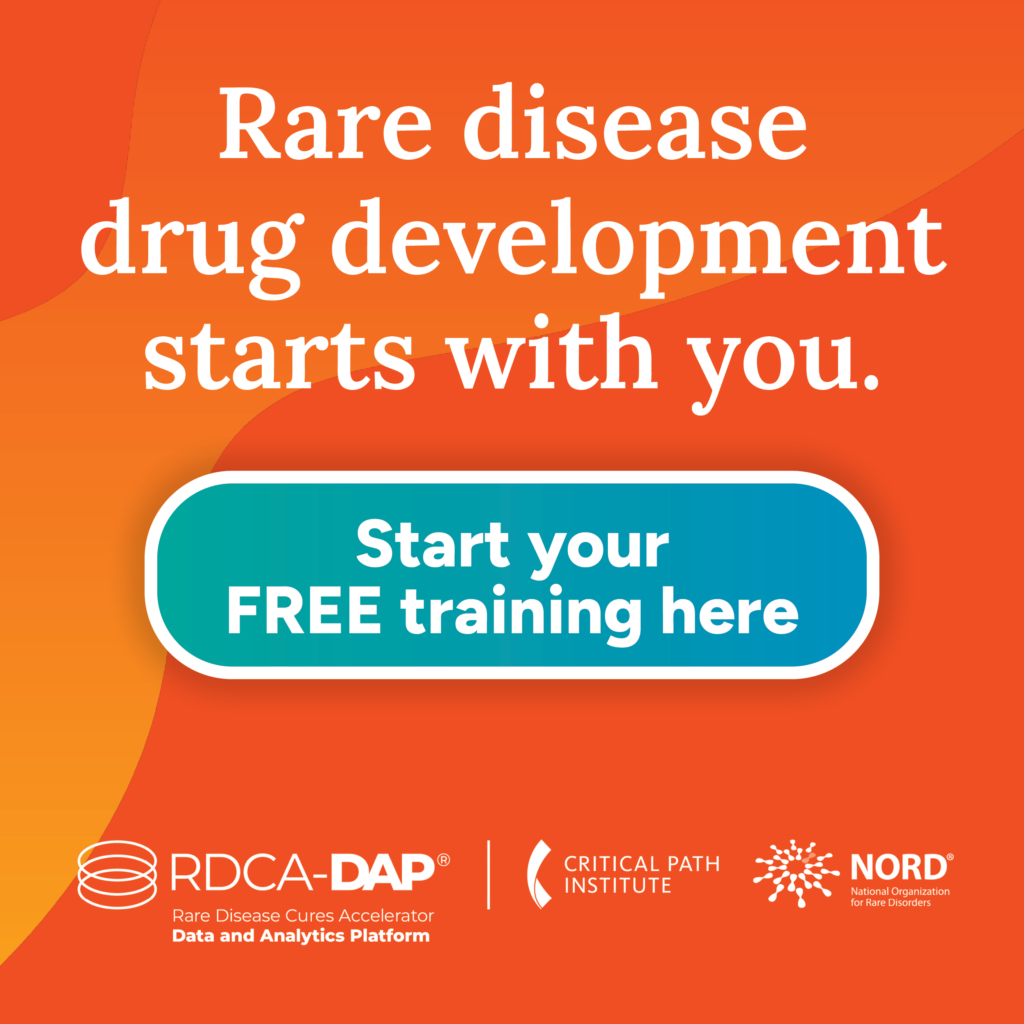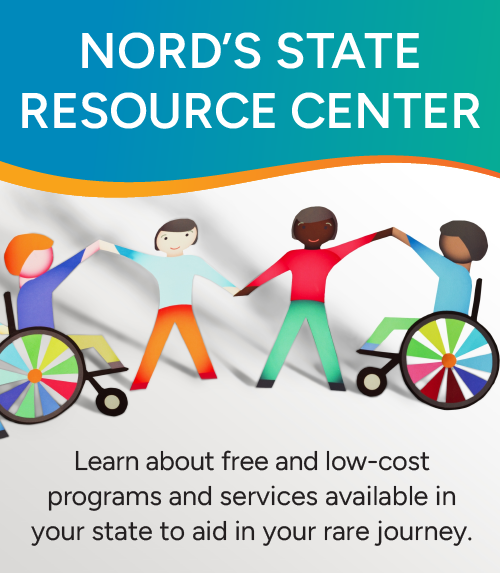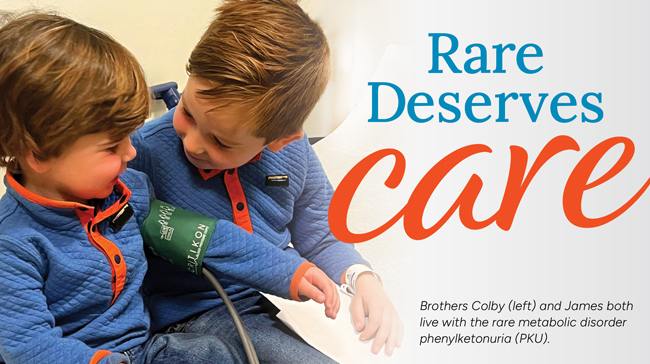PATIENT ADVOCATES WARN AGAINST NEW INSURANCE & PBM POLICY THAT INCREASES PATIENT OUT-OF-POCKET DRUG COSTS
As Open Enrollment Begins, Beneficiaries who Rely on Copay Coupons Must Consider this New Policy When Selecting a Health Plan
WASHINGTON, D.C. – Today, The AIDS Institute, Arthritis Foundation, and National Organization for Rare Disorders (NORD) hosted a press briefing on a harmful new health insurance and PBM policy quietly being slipped into insurance plans and dramatically increasing patient cost-sharing for prescription drugs. As open enrollment is set to begin, beneficiaries must be on the lookout for “copay accumulator adjustment programs” that deny copay assistance from counting towards a patient’s annual deductible and out-of-pocket maximum. The programs can increase patient drug costs by thousands of dollars at the pharmacy counter, leading to treatment abandonment.
“Choosing a health plan that best meets a patient’s needs is already hard enough, particularly at a time of rising deductibles and co-insurance,” said Carl Schmid, Deputy Executive Director of The AIDS Institute. “Adding in copay accumulators, which are being implemented with little to no warning, will lead to sticker-shock at the pharmacy counter, and worse, treatment abandonment for patients who cannot afford increases in their drug costs by the insurance companies and PBMs.”
The representatives spoke about the growing prevalence of these harmful policies being implemented by employers and insurers in the individual and small group market. Due to this fact, millions of Americans could be adversely affected by the policies, without even being aware of their existence, until it is too late when they pick up their prescriptions.
“Copay assistance or coupons help patients afford their life-saving or life-sustaining medications, particularly for people with serious and chronic conditions, including rare diseases,” noted Tim Boyd, Director of State Policy for NORD. “These medications are typically specialty drugs with no generic or lower-cost alternatives. Implementing copay accumulators shift more costs onto patients, which can lead to treatment abandonment and poorer health outcomes.”
Several PBMs and large insurers, including Express Scripts, CVS Caremark, and Optum Rx, along with several of the Blue Cross Blue Shield plans, UnitedHealthcare, Molina, and others all have begun implementing copay accumulator programs. In addition, large employers, including Walmart, Home Depot, Allstate and PepsiCo, are instituting them. According to one study, more than half of all large businesses are considering these harmful programs within the next two years.
“This is impacting millions of Americans with little to no notice or education,” pointed out Anna Hyde, Vice President of Advocacy and Access for The Arthritis Foundation. “That is why patient and provider groups have come together and written to all state insurance commissioners urging them to look into these harmful practices, often buried in the plan’s fine print. And now we are focused on educating patients, particularly those who rely on copay assistance, as they select a plan during open enrollment season, giving them guidance and how to find out if their copay assistance will count towards their deductible and out-of-pocket maximum.”
Patient groups are also concerned that by implementing “copay accumulator adjustment programs” plans are violating the Affordable Care Act’s patient cost-sharing limits.
“Plans are double dipping. They continue to collect the value of the copay coupons, which now no longer count towards the deductible, plus the patient cost-sharing for their drug,” continued Schmid. “We urge state insurance commissioners and the U.S. Department of Health and Human Services, which is focused on reducing patient cost-sharing for drugs, to investigate copay accumulator programs and take corrective actions.”
If patients need assistance regarding copay accumulator policies, they should contact The AIDS Institute, Arthritis Foundation or NORD.
For more information on copay accumulator adjustment programs, here are some helpful resources:
- Video on what copay accumulator programs are and how they affect patients;
- Examples of hidden copay accumulator policies in select health plans;
- Scenario of patient out-of-pocket costs for medications under accumulator framework;
- Letter signed by 58 patient, provider, and consumer groups to State Insurance Commissioners;
- Letter signed by 60 HIV organizations to State Insurance Commissioners and Attorneys General.
###
About The AIDS Institute
The AIDS Institute is a national nonpartisan, nonprofit organization that promotes action for social change through public policy, research, advocacy, and education. It began as a grass roots community mobilization effort in 1985. Over the years, The AIDS Institute has expanded its vision to become a respected national leader dedicated to supporting and protecting health care access for people living with HIV/AIDS, Hepatitis, and patients living with chronic diseases.
About The Arthritis Foundation
The Arthritis Foundation is the Champion of Yes. Leading the fight for the arthritis community, the Foundation helps conquer everyday battles through life-changing information and resources, access to optimal care, advancements in science and community connections. The Arthritis Foundation’s goal is to chart a winning course, guiding families in developing personalized plans for living a full life – and making each day another stride toward a cure. The Foundation also publishes Arthritis Today, the award-winning magazine that reaches 4 million readers.
About The National Organization for Rare Disorders (NORD)
The National Organization for Rare Disorders (NORD)® is the leading independent advocacy organization representing all patients and families affected by rare diseases. NORD is committed to the identification, treatment and cure of the 7,000 rare diseases that affect 30 million Americans, or 1 in every 10 people. NORD represents more than 280 disease-specific member organizations and their communities and collaborates with many other organizations in specific causes of importance to the rare disease patient community.



